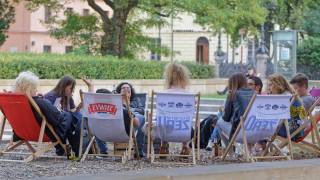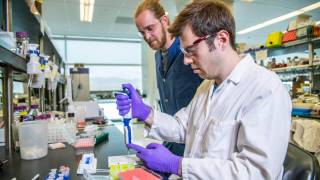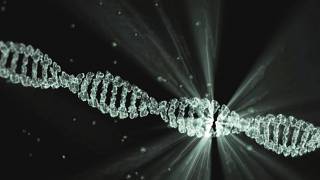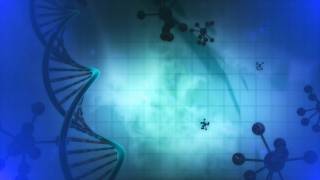Herpes Vaccine HSV529 Found Safe

An update to the phase 1 clinical study of a herpes simplex virus 2 (HSV-2) vaccine candidate HSV529 was published by PubMed on August 9, 2019.
The study reported the HSV529 vaccine was found safe and elicited neutralizing antibody and modest CD4+ T-cell responses in 60 HSV-seronegative adult male/female vaccinees, between the ages of 18 - 40 years.
This is good news for two reasons; HSV-2 causes genital herpes in over 400 million persons worldwide and there is not an HSV-2 vaccine commercially available today.
Therefore, if approved, the HSV529 vaccine candidate could help prevent genital herpes around the world.
The Sanofi Pasteur HSV529 vaccine is derived from HSV2 strain 186, was produced in Vero cells expressing HSV2 UL5 and UL29.
Prior studies to prevent HSV infections have focused on subunit vaccines with a goal to induce neutralizing antibodies. HSV2 dl5-29 is a replication-defective HSV2 vaccine that can infect cells and should result in a broader immune response.
The goals of this study are to determine (a) the safety of HSV529 vaccine in persons positive and/or negative for HSV1 or HSV2, and (b) the ability of the vaccine to elicit immune responses to HSV-2 including virus-specific antibodies and T cell responses to the virus.
The HSV529 vaccine was administered intramuscularly (deltoid muscle) as a 0.5 ml solution containing 1 x 10(7) plaque-forming units on day 0, one month after the first dose (day 30) and then six months after the first dose (day 180).
On June 14, 2019, the National Institute of Allergy and Infectious Diseases (NIAID) co-sponsored study was updated and reported:
- 89 percent of vaccinees experienced mild to moderate solicited injection site reactions compared with 47 percent of placebo recipients
- 64 percent of vaccinees experienced systemic reactions compared with 53 percent of placebo recipients
- 78 percent of HSV1- /HSV2 -vaccine recipients had a greater than 4-fold rises in neutralizing antibody titer after 3 doses of vaccine, whereas none of the participants in the other serogroups had such responses
- HSV2-specific CD4+ T-cell responses were detected in 36%, 46%, and 27%, of HSV1- /HSV2- , HSV1- +/HSV2+ , and HSV1+ /HSV2- participants, respectively, 1 month after the 3rd dose of vaccine
- CD8+ T-cell responses were detected in 14%, 8%, and 18% of participants in each group, respectively
Most people with the herpes virus don’t have symptoms, says the Centers for Disease Control and Prevention (CDC). It is important to know that you can also get herpes from an infected sex partner who does not have a visible sore or who may not know that he or she is infected, because the virus can be released through your skin and spread the infection to your sex partner.
Fluids found in a herpes sore carry the virus, and contact with those fluids can cause infection. You can get herpes by having vaginal, anal, or oral sex with someone who has the disease.
>> Private Herpes Virus Testing <<
Genital herpes is very common in the United States, as about one out of every six people aged 14 to 49 years has genital herpes, says the CDC.
Recent herpes vaccine news
- Herpes Vaccine ‘Prime & Pull’ Approaches Are Popular
- Genital Herpes Vaccine Seeks Strategic-Options
- Ocular Herpes Simplex Virus Treatment Approved by FDA
- Herpes Vaccines Need Help
- Herpes Vaccine Candidates Need to ‘Wake Up CD8 T-Cells’
"While there are drugs available to reduce the likelihood of transmission, unfortunately, there's no cure for herpes. If approved, this vaccine candidate could provide groundbreaking protection against this common disease," said Aubren Martin, Pharmacy Intern for Brookshire's Grocery Company.
The antiviral medications can, however, prevent or shorten outbreaks during the period of time the person takes the medication.
Medications make it less likely that you will spread herpes to a sex partner.
There are medications in pill form commonly used to treat genital herpes symptoms: Zovirax, and Valtrex. These herpes medications are available at most pharmacies in the USA.
These medications can shorten a herpes outbreak by a day or two, provided you take them within 24 hours of the first signs of an outbreak.
Furthermore, taken daily, these drugs can also reduce the number of recurrences and decrease viral shedding, says the CDC.
This work was supported by the NIAID and Sanofi Pasteur (clinical trial agreement); and the National Cancer Institute, National Institutes of Health (contract HHSN261200800001E). There were potential conflicts of interest disclosed.
This study’s principal investigator is Lesia K. Dropulic, MD, Laboratory of Infectious Diseases, National Institutes of Health, National Institute of Allergy and Infectious Diseases, Bethesda, MD 20892
The full study is scheduled to be printed in the September 2019 issued of The Journal of Infectious Diseases, Volume 220, Issue 6.
Our Trust Standards: Medical Advisory Committee
- A Randomized, Double-Blinded, Placebo-Controlled, Phase 1 Study of a Replication-Defective Herpes Simplex Virus (HSV) Type 2
- Study of the Safety of a Particular Herpes Vaccine in Adults With or Without Herpes Infection
- A Randomized, Double-Blinded, Placebo-Controlled, Phase 1 Study of a Replication-Defective Herpes Simplex Virus (HSV) Type 2


























